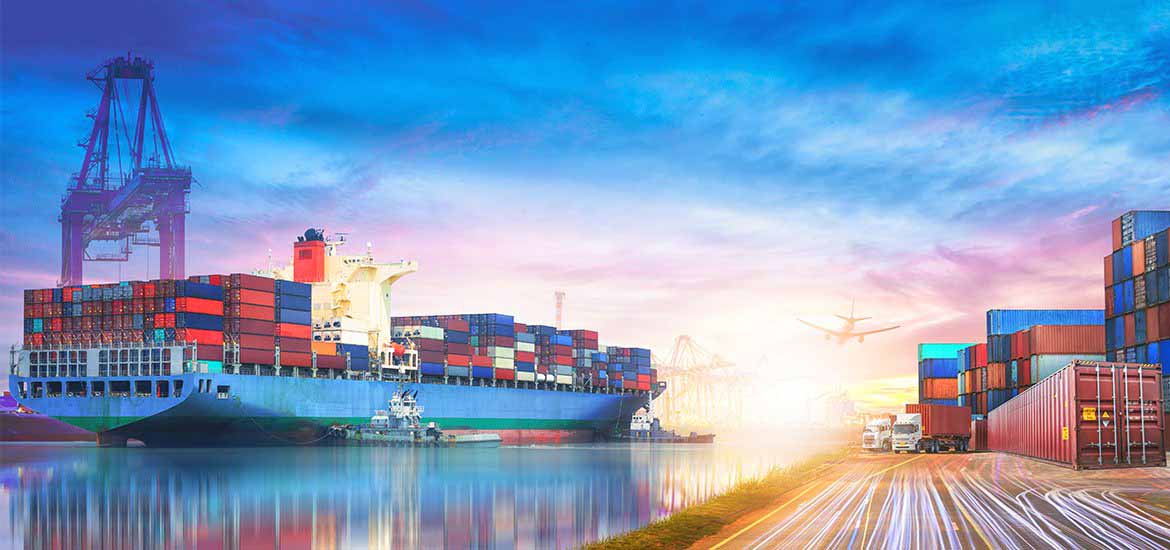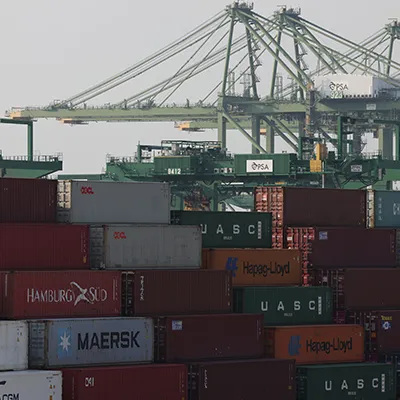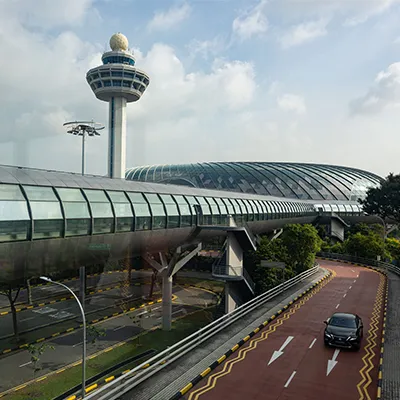For the past two years, our general well-being has been tested to its fullest. The pandemic has brought with it difficulties for some, while for others it has just been a nuisance, affecting everyday life. But two years on from the beginning of the pandemic, we have made progress in the fight, adapting to new rules and regulations set by governments across the Asia-Pacific (APAC) region.
Since the rollout of vaccines and safeguards, most countries in APAC have seen the restoration of basic freedoms, and the future is looking brighter than it has done in a long time.
However, the economic downfall caused by the virus is another fight in itself. The real impact that Covid-19 has had on businesses around the world has become increasingly apparent, and the impact on the supply chain industry has been severe. Whether it be the movement of containers from ports, air freight, or even the transport of goods through road and rail, there has been a drastic decline in services, mainly due to border closures and production delays. There have even been warnings of a collapse of global supply chains as a result.
However, as the world slowly starts to get back to normality again, progress has been seen across the logistics industry – many businesses have been able to respond rapidly and set up crisis-management mechanisms, in the form of a nerve centre. The general focus is short term, but how do supply-chain leaders also prepare for the medium and long term, and build the resilience that will see them through 2022 and beyond?
Turning the corner
There is no doubt that the industry has gone through some profound changes. Mastering this change, and using the right strategies, tools and trends going forward from the impact of Covid-19, is key to healthy growth for businesses, and the industry as a whole.
- A greener approach – Numerous countries in APAC have pledged to achieve net-zero carbon emissions by 2050, and China by 2060. To achieve this, in addition to the use of alternative fuels, better-utilised trucks and the avoidance of empty runs, shorter standing and waiting times for loading and unloading can help reduce the consumption of finite, fossil raw materials and the amount of CO2 emissions around freight services. The challenges that need to be addressed in this context are, transparency, for example with regards to emissions or employee concerns along the value chain, dovetailing of sustainability and corporate strategy, insufficiently ambitious targets without a long-term time horizon, and patchy implementation of corresponding initiatives.
- Big Data as a control tool – Analytics, data and machine learning should be intertwined and complement each other. The use of big data is a pillar of logistics 4.0, and this fusion should enable forecasts to be made about customer needs, and preferences, as well as market trends. For example, blockchain, is increasingly being used for both full visibility and accountability for ethical and sustainable sourcing. Additionally, the use of big data in the industry will reduce the risk of shortages in warehouses through better allocation of resources, while improving overall customer service in the long term.
- Preparing for a rise in demand – Heading into 2022, as the economy reopens in APAC, it’s vital that businesses are prepared for pent-up consumer demand from the limited economic activity of the last year. The question to ask is – are the supply chains ready for the ongoing rush? Beyond focusing on stock levels and making sure there’s enough of what customers want on the shelves, they need to provide a more personalised and seamless experience across multiple channels and meet evolving customer expectations. In addition to this, businesses should also re-examine their processes and systems, and analyse data across the entire supply chain to achieve better visibility and transparency within the system.
- Seizing the opportunity with digitalisation – Most of the disparity between potential and actual gains from supply chain digitalisation can be explained by technology gaps and management choices. Technology gaps have occurred because advances in supply-chain technologies tailed off after an initial burst of innovation. This yielded technologies that enabled companies to streamline routine activities, expand the capabilities of systems, and enhance analytical practices. It has taken some time for technology innovations to accumulate and coalesce into new offerings. Now that better digital solutions have become available, companies can make greater improvements in supply-chain performance. The right approach to digitising supply chains integrates suitable leading-edge technologies with revamped operations, assessing the supply chain’s current state, and developing a transformation road map.
No matter the size of an organisation, a more responsive supply chain strategy focused on adding more value for the end customer can directly impact company growth. Whether it is integrating current technology to make better use of existing software for tracking or identifying alternative products sources and shipping routes, applying innovation is a powerful boost to master change and boost growth.
The use of innovation also means growth and efficiency of the industry itself, and a clear vision and focus from the manufacturer to retailer and the end customer, which spells resiliency for the Asia Pacific region.
This article was written by Paul Soong, Regional Director ANZ, BluJay Solutions, now part of E2open.







